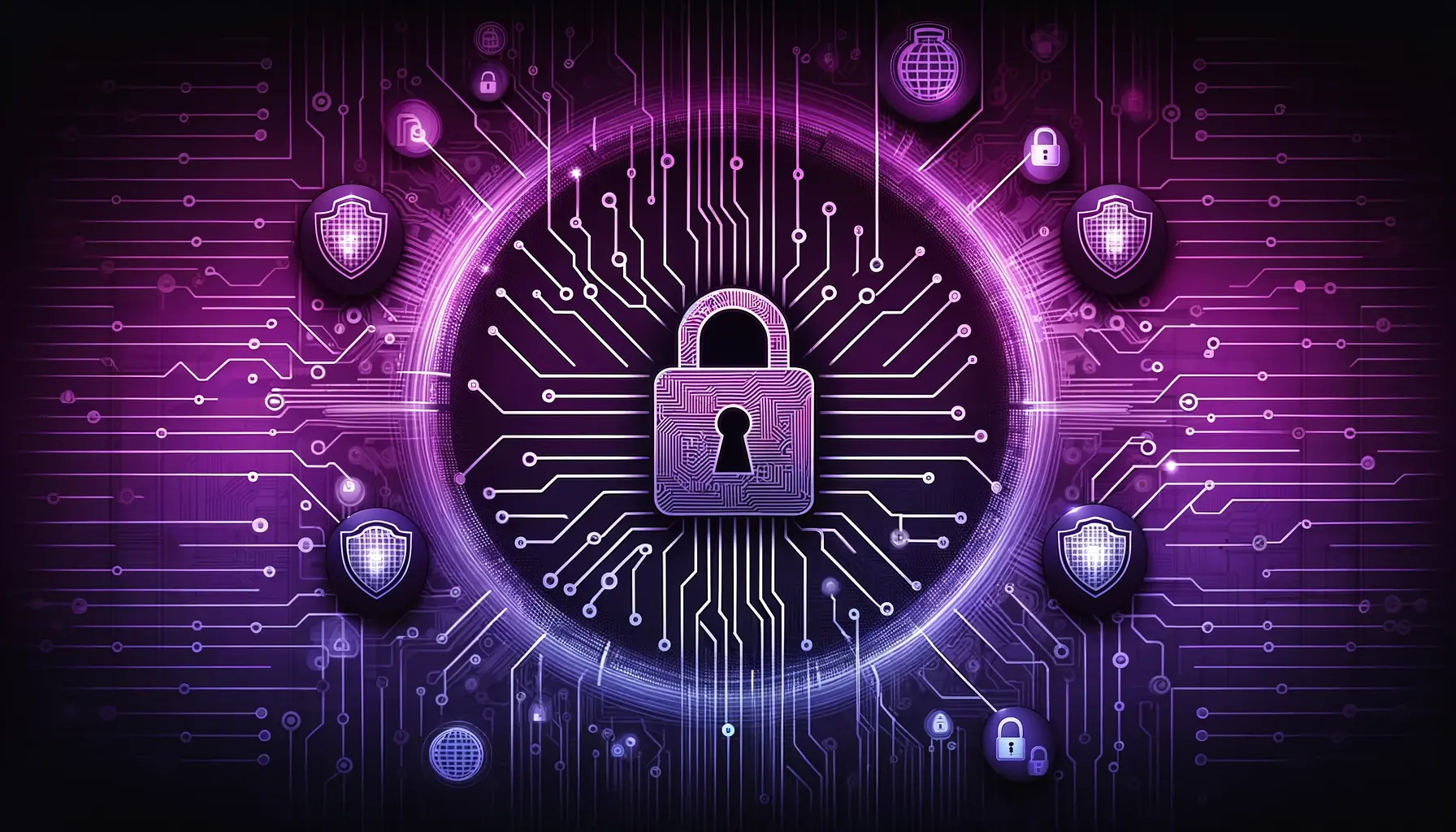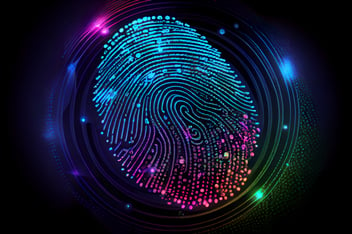500% Increase in Ransomware Payments Driven by Legacy MFA Failures
By John Gunn, CEO, Token | 12 minute read
The cybersecurity landscape has recently seen a staggering surge in ransomware payments, with a more than 500% increase. Sophos' "State of Ransomware 2024" report indicates that the average ransom payment has skyrocketed from $400,000 in 2023 to $2 million in the past year. RISK & INSURANCE also reported a dramatic rise, with the median ransom demand jumping from $1.4 million in 2022 to $20 million in 2023, and actual payments soaring from $335,000 to $6.5 million.
This significant rise in ransom payments reflects the growing sophistication of cyberattacks and the vulnerabilities of outdated security measures. A major factor behind this trend is the continued use of legacy Multifactor Authentication (MFA) systems, which are increasingly ineffective against modern cyber threats. Additionally, the use of Generative AI by cybercriminals to create highly convincing phishing attacks has made detection by even the most vigilant users more difficult. Let's examine the reasons behind the increase in ransomware payments, the limitations of traditional MFA, and the importance of adopting next-generation MFA solutions.
Key Drivers of Increased Ransomware Payments
1. Enhanced Cybercriminal Targeting
Cybercriminals have improved their tactics, focusing on organizations where they can cause maximum disruption to extract higher ransoms. Notable examples include MGM's $100 million loss, Change HealthCare's billion-dollar-plus loss, and significant yet undetermined losses at CDK Global. Cybercriminals leverage these scenarios, demanding exorbitant sums to minimize financial and operational impacts on their victims.
2. The Role of Generative AI in Phishing
Generative AI has revolutionized phishing attacks, enabling the creation of highly convincing and error-free phishing emails that closely mimic legitimate communications. These AI-powered attacks analyze vast datasets to craft personalized messages that are difficult to distinguish from authentic ones. As a result, organizations relying solely on employee training are finding it increasingly challenging to defend against these sophisticated attacks.
3. Outdated Security Measures
Traditional MFA systems, including Knowledge-Based Authentication (KBA), One-Time Passwords (OTP), and authentication apps, are increasingly ineffective against todays cyberattacks. These outdated methods have been compromised in numerous ransomware incidents through various tactics, such as:
- Phishing: Tricking users into providing MFA credentials via fake login pages or social engineering.
- SIM Swapping: Intercepting SMS-based MFA codes by transferring the victim's phone number to the attacker’s SIM card.
- Man-in-the-Middle Attacks: Capturing MFA tokens by intercepting communications.
- Malware: Capturing authentication tokens, passwords, or keystrokes.
- Social Engineering: Manipulating individuals to bypass MFA controls.
- Session Hijacking: Using active session tokens to impersonate users.
- Account Recovery Exploitation: Resetting MFA settings through weaknesses in the recovery process.
The Need for Advanced MFA Solutions
To combat the rise in ransomware attacks, organizations must adopt next-generation MFA technologies that are phishing-resistant. These advanced solutions incorporate sophisticated authentication factors, such as biometrics, which are significantly harder for cybercriminals to compromise. This is crucial, as more than two-thirds of breaches result from compromised credentials, and 90% of successful ransomware attacks stem from phishing.
The Role of Biometrics
Biometric authentication leverages unique physical attributes like fingerprints and facial recognition, offering several benefits:
- Unique and Hard to Replicate: Biometric traits are unique and difficult to forge or steal.
- Inherently Linked: Biometrics cannot be shared or transferred, reducing credential theft.
- Eliminates Poor Password Practices: Mitigates risks associated with weak or reused passwords.
- Immune to Phishing: Biometrics cannot be captured or entered on fake websites.
- Reduces Fraud: Ensures the identity of users, preventing unauthorized access.
Emphasizing User Convenience
Biometrics enhances user experience by providing quick and seamless authentication, reducing errors, lockouts, and helpdesk calls. Convenient MFA solutions increase user adoption and compliance with security protocols, ensuring that security measures are effective and user-friendly.
Implementing the Right MFA Solution
Choosing the right next-generation MFA solution involves considering factors such as supported authentication methods, integration capabilities, ease of use, and scalability. Implementing these solutions in phases can minimize disruption and ensure a smooth transition.
Continuous monitoring and regular updates are vital to maintaining the effectiveness of next-generation MFA solutions. Organizations should establish a framework for ongoing security assessments and threat intelligence integration to stay ahead of emerging threats.
Conclusion
The sharp increase in ransomware payments highlights the urgent need for enhanced security measures. Legacy MFA systems are no longer sufficient to combat sophisticated cyberattacks. By adopting next-generation MFA technologies, organizations can significantly bolster their defenses against ransomware, safeguarding critical data and ensuring operational resilience.
Discover how Token's Next-Generation MFA can protect your organization from phishing and ransomware.
Sign Up
Keep up to date with phishing and ransomware news.
Token will not sell, trade, lease, or rent your personal data to third parties.



